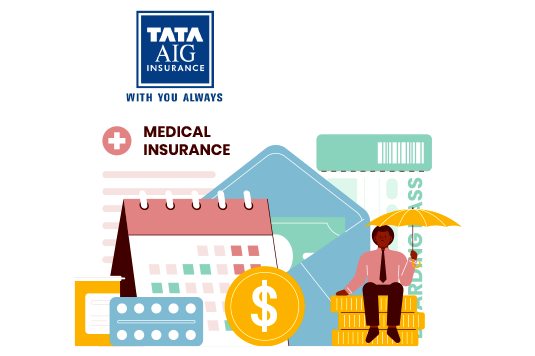Applying for a loan can be a significant financial decision. Whether you are seeking a personal loan, mortgage, car loan, or business financing, the process requires careful planning and preparation. In countries like the United States, Canada, and Australia, loan applications follow certain formal procedures, and approval often depends on your financial history, credit score, and documentation.
This guide will help you understand the best practices, eligibility criteria, and strategies to improve your chances of getting approved for a loan in these countries.
1. Understand the Type of Loan You Need
Before applying, identify the loan type that suits your purpose.
- Personal Loan – For general expenses such as debt consolidation, travel, or medical bills.
- Mortgage/Home Loan – For purchasing or refinancing a property.
- Auto Loan – For buying a new or used vehicle.
- Business Loan – For expanding or starting a business.
- Student Loan – For funding education.
Choosing the right loan type ensures that you approach the correct lender and meet the specific requirements.
2. Check Your Credit Score
Your credit score is one of the most important factors lenders evaluate.
- In the United States, a FICO score above 700 is considered good.
- In Canada, a credit score of 660 or higher increases your approval chances.
- In Australia, scores above 700 are considered excellent.
Tips to improve your credit score:
- Pay bills on time.
- Keep credit utilization low.
- Avoid multiple loan applications in a short period.
- Dispute incorrect information in your credit report.
3. Compare Lenders and Interest Rates
Do not apply to the first lender you find. Compare multiple options:
- Banks
- Credit unions
- Online lenders
- Peer-to-peer lending platforms
Look for competitive interest rates, processing fees, repayment terms, and penalties.
4. Gather the Necessary Documents
Lenders require accurate documentation to process your loan application. Common documents include:
- Proof of identity (passport, driver’s license)
- Proof of income (pay stubs, tax returns)
- Bank statements
- Employment verification letter
- Proof of address
Having your documents ready speeds up the approval process.
5. Calculate Your Loan Affordability
Before applying, calculate how much you can realistically afford to borrow.
- Use online loan calculators to estimate monthly payments.
- Ensure your debt-to-income (DTI) ratio meets the lender’s requirements.
- Avoid borrowing the maximum amount offered; instead, take what you can comfortably repay.
6. Avoid Multiple Hard Inquiries
Every time you apply for a loan, lenders perform a hard inquiry on your credit report, which can temporarily lower your credit score. Instead of applying everywhere, pre-qualify with lenders who offer a soft check.
7. Build a Strong Application
A strong application includes:
- Stable employment history
- Low existing debt
- Sufficient income to cover repayments
- Positive credit history
If you have a lower credit score, consider applying with a co-signer who has better credit.
8. Understand the Terms Before Signing
Read all loan documents carefully before signing. Pay attention to:
- Interest rates (fixed vs. variable)
- Repayment schedule
- Late payment penalties
- Prepayment options
- Fees and hidden charges
If you are unsure about any term, consult a financial advisor before committing.
9. Country-Specific Loan Tips
United States
- Federal loans often offer better terms for students and small businesses.
- Consider credit unions for lower interest rates.
Canada
- Mortgage stress tests are mandatory, so ensure you qualify at higher interest rates.
- Provincial programs may offer special financing for first-time buyers.
Australia
- Lenders follow Responsible Lending Guidelines; they assess your living expenses in detail.
- Fixed-rate loans are popular for stability against interest rate fluctuations.
Conclusion
Applying for a loan in the US, Canada, or Australia requires preparation, research, and an understanding of your financial position. By checking your credit score, comparing lenders, preparing documents, and understanding loan terms, you can significantly improve your chances of approval. Always borrow responsibly and ensure that the loan aligns with your long-term financial goals.

























